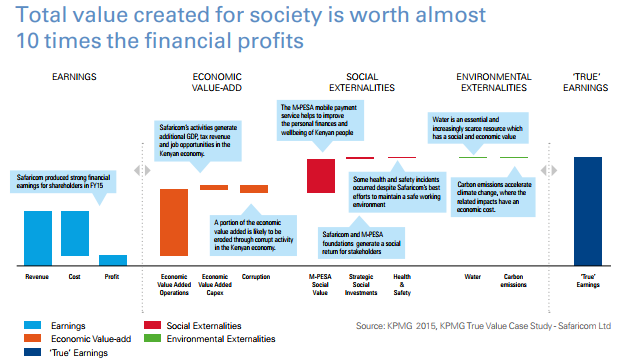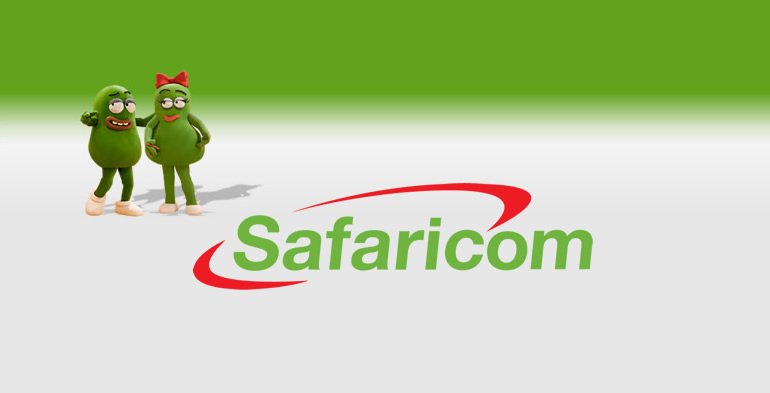There has been a lot of talk about Safaricom Limited in the recent months and years. The debate has often been centered on whether the largest telecommunication in East and Central Africa is dominant over other players.
For a company that serves more than 28 million Kenyans, more than two-thirds of Kenya’s market, with such amazing services in call, SMS, Data and MPESA and service more than 97 percent of prepaid customers, such talk is expected but does it hold any water?
As a Journalist who has knowledge in corporate governance, marketing, and advertising, Safaricom’s performance should not be confused to mean dominance and the other players who feel dominated over have themselves to blame and I will try to show you why.
When you walk around Kenya, which mobile operator are you likely to see? In most cases, you will be able to see the corporate color of Safaricom here and there. In fact, in most places, a Safaricom service is after every 100 meters or less. Safaricom has mastered the art of seeing is believing and it makes this true through getting closer to the people. Look at the MPESA shops, they are all over. Try looking for an Airtel Money, you will have to plan for a journey. Who has stopped them from spreading across the country? No one.
Just compare the strength of the Safaricom network and other networks. Which one is stronger? Why? It is all about infrastructure. Safaricom has stronger infrastructure than other players. So, is having stronger infrastructure a crime? Should someone be crucified for having ‘better services’ than the other? Who has stopped other players from setting up better infrastructure? Again, no one.
According to the Safaricom True Value report released by KPMG, Safaricom’s total value created for society is worth 10 times the financial profits. For many, this is beyond reality but it is what is happening on the ground. See the image below.

When it comes to the marketing of its services, as a marketer, Safaricom is one of the brands in Kenya that utilizes the tradition ‘marketing funnel’ that most Kenyan businesses don’t know and don’t employ.
In the ‘marketing funnel’ tool:
- Awareness
First comes exposure of your target audience to content and messages about your brand, products, and services. Many companies resort to social media hyping, sometimes with the help of influencers and believe that impressions or likes are the main objectives.
In the awareness stage, the conversation is often a monologue. It can just come from the company or the influencers attached to the company. Generating awareness is just the jumping off point in the marketing process.
2. Engagement
This relates to the interactions that occur in response to content on an owned channel. For instance, how the audience is sharing your content or engaging by talking about your product, brand or services. This emanates from the awareness that the company has created, but two-way communications are what matters now.
The moment other people outside the company pick up the conversation and start to either talk about the brand or ask questions, the engagement stage has begun. Many businesses rarely reach this second stage.
3. Preference
This is the ability to cause or change an opinion or behavior. After creating awareness and getting people to engage in the conversation, did you sway their opinion about your brand, product or service? If the engagement is about a product or a service, has your social media marketing achieved a purchase preference when compared to similar products or services on the market? If the answer is yes, then you have positively changed the consumer’s behavior and built some brand equity.
4. Impact
The impact can include a financial gain, such as increased sales or profit, increased brand preference, a surge in traffic to your website, and many other factors. The key here is to make the impact sustainable and create loyal customers.
5. Advocacy
Are others making the case for you about something? This category includes positive testimonials, a call to action, recommendations, and other actions that lead right back to generating more awareness. Satisfied customers are your best and most trusted brand ambassadors.
When you look at Safaricom’s model of advertisements, it utilizes all the above five process fully and it has always yielded results.
